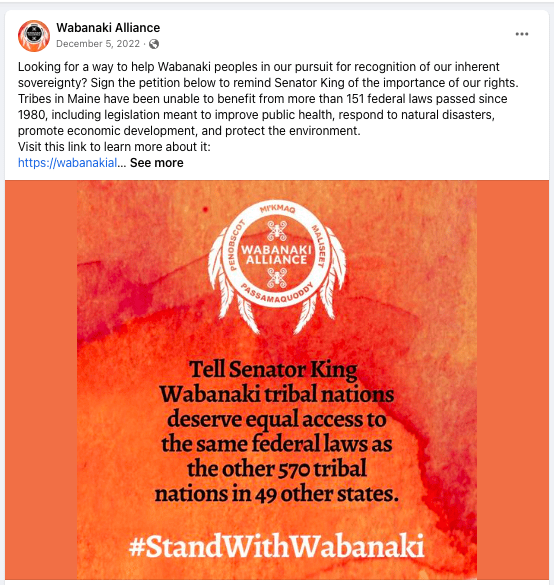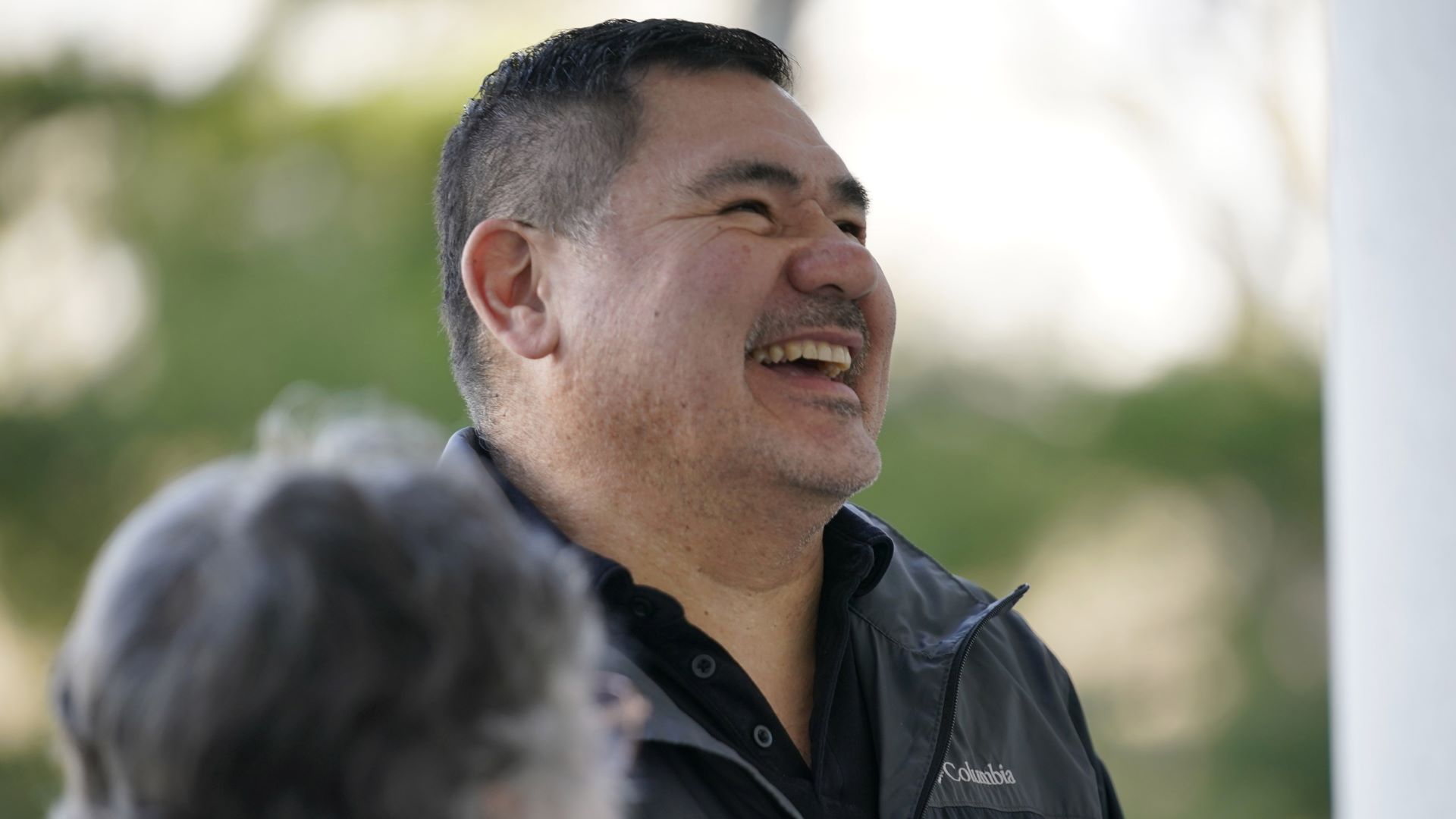Hundreds of the 574 federally recognized Indian nations in the U.S. now routinely provide their citizens with the full array of services customarily expected from state and local governments, from tax collection to environmental protection regulations. At the same time, many tribes are becoming the economic engines of their regions.
All this has happened over the past several decades under federal policies that, unlike previous policies, support tribal self-determination through self-government.
The progress has not been uniformly outstanding, nor is it close to complete. Tribes have long histories of disempowerment and consequent deprivation to overcome. Nonetheless, per capita incomes in Indian Country have grown more than 60% since the start of genuine tribal self-government in the late 1980s. This growth far outstrips the 17% growth in personal income experienced by the average U.S. citizen over the same period.
The self-determination era has finally, after centuries, brought sustained economic growth to Indian Country. The tribal economic boom is not all about casinos. Certainly, the forays into gaming by many tribal governments – in competition with state government lotteries and state-authorized casinos — have been a boon for tribes located near major population centers.
But the spread of economic development across both urban and rural tribes is now coming from a diverse mix of municipal service provision, natural resource companies, manufacturers, health clinics, retail stores, financial services firms, restaurants, hotels, construction companies and enterprises in many other sectors.
Yet in our recent study, we found the Wabanaki Nations in Maine — Maliseet, Mi’kmaq, Passamaquoddy and Penobscot — and their 9,546 citizens have been left out of this progress.
The average Wabanaki income per person has grown only 9% since the late 1980s. This is dramatically less than the 61% growth experienced by tribes in the other Lower 48 states. Moreover, employment in all four Wabanaki Nations is only one-quarter to one-third as large as that of similarly sized tribes in similarly populous regions.
What explains Wabanaki underdevelopment?
Indian self-determination policy
Past policy experiments, including federal administration of reservation affairs, privatizing reservation land and disbanding tribal governments altogether, did not produce Indian prosperity.
The research of the Harvard Project on American Indian Economic Development repeatedly finds that enabling tribes to govern themselves is the key to improving tribal economies.
Local self-rule over the past several decades has meant that tribes have the power to make their own choices. This shifts accountability from Washington, D.C., to the individual tribal governments and puts the risk and reward on local decision-makers, who are best positioned to understand tribal needs, values and opportunities.
Like other nations in the world, Native nations can falter while trying to exercise powers of self-government. But the ones that develop robust governing systems of their own design are leading the Native renaissance. In the process, tribes are showing the world that building vibrant societies does not require Western-looking institutions.
Governing bodies such as the Haudenosaunee Clan Mothers and the Council of Principales at Cochiti Pueblo, located in what is now New York and New Mexico, respectively, support the rule of Indigenous law in their nations. In the process, they make clear that, where culturally resonant and stable governments are built, tribes take off.
Yet the federal Maine Indian Claims Settlement Act of 1980, known as MICSA, distinguishes the Wabanaki Nations from other tribes in the U.S. It resolved a contentious ownership battle between the Wabanaki Nations, the state and private landowners.

MICSA empowers the state of Maine to block the applicability of virtually all federal Indian self-determination policy unless Congress explicitly says otherwise and overrides the federal law.
Passage of MICSA meant Maine can block or threaten to block the tribes any time the state feels the laws of Maine would be “affected or preempted” by Wabanaki exercise of federally provided powers. Maine’s power to do this hangs over — and stifles — tribal investment in potentially controversial actions.
Roadblocks and lawsuits
In more than 40 years, a federal override has occurred only once: in the 2022 reauthorization of the Violence Against Women Act.
During those four decades, whenever Maine felt its sovereignty was threatened by Wabanaki action, the Wabanaki encountered administrative roadblocks or litigation. The mere construction of a water well on Passamaquoddy land with federal money required hammering out a memorandum of understanding with Maine — a step not necessary in other states.
The Penobscot Tribe had advocated for passage of Title IX, the Safety for Indian Women provision, of the 2013 amendments to the Violence Against Women Act. But Maine killed the tribe’s effort to become a pilot tribe in this program, cutting off millions in federal funds the program would have provided to the tribe.
Only after nine years of Penobscot advocacy and expense did the 2022 Violence Against Women Act reauthorization make Wabanaki authority in this arena clear. Over and over, Maine’s powers under MICSA generate costs and uncertainty that effectively stunt the development of the Wabanaki Nations.
For tribal citizens in Maine, removing MICSA restrictions would offer few risks and much in the way of payoffs. This applies not just to the Wabanaki but to the Maine state government, Maine’s nontribal citizens and Maine’s economy.

Money and jobs left on the table
Across the other Lower 48 states, tribal economic development demonstrably spills over into neighboring nontribal communities, improving the abilities of tribes and state and local governments to serve their citizens.
For example, the Hualapai, Winnebago and Fort Belknap tribes — located in Arizona, Nebraska and Montana, respectively — rank among the top employers of their counties and regions. Tribal economic growth routinely supports intergovernmental investments in highway off-ramps, water-treatment systems and cross-deputization of police.
But because of MICSA, Maine is leaving thousands of jobs, hundreds of millions of dollars of gross state product and tens of millions of dollars of state and local government revenue on the table.
It is reasonable to ask whether freeing the Wabanaki from MICSA’s restrictions would result in increased conflict between the tribes and Maine’s state and local governments. The overall experience outside of Maine has been that increasingly capable tribal governments improve state-tribal relations by enabling both parties to come to the table with mature capacities to cooperate, government to government. Against these potential benefits for Maine is a status quo that already produces conflicts, litigation, recrimination and mistrust.
The last Congress considered, but ultimately rejected, amending MICSA to relieve the burden it imposes on the Wabanaki Nations. We believe it is legislation worth reconsidering.![]()
This article is republished from The Conversation under a Creative Commons license. Read the original article by these three Harvard Kennedy School scholars. Sign up here to receive The Maine Monitior’s newsletter, Downeast Monitor, that focuses on Washington County news.









